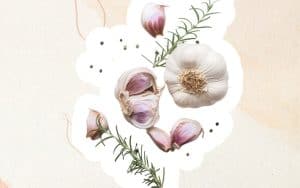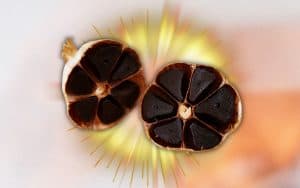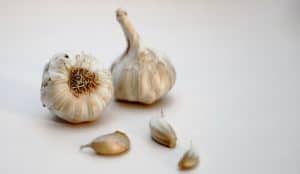Mold growth on garlic is a common problem for many people who enjoy cooking with this popular ingredient. Not only does moldy garlic spoil the flavor of your dish, but it can also pose health risks. Mold can produce toxins that cause allergic reactions, respiratory problems, and other health issues. Fortunately, there are several steps you can take to prevent mold growth on garlic. In this article, we’ll provide you with tips and natural remedies to keep your garlic fresh and mold-free.
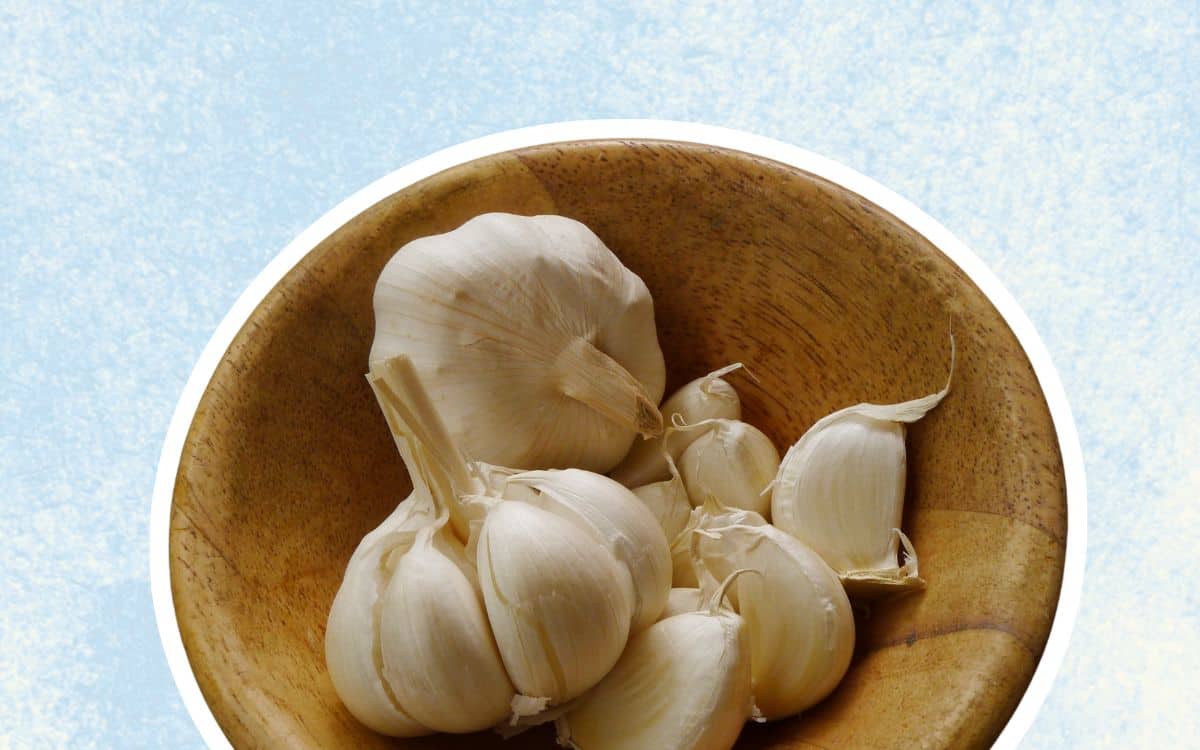
Tips to Prevent Mold Growth on Garlic
Proper storage of garlic is essential to prevent mold growth. Garlic should be stored in a cool, dry, and well-ventilated area to keep it fresh for a longer time. When garlic is exposed to moisture and humidity, it creates an environment that encourages mold growth. Here are some tips to keep in mind to prevent mold growth on garlic:
Store Garlic in A Cool, Dry, and Well-Ventilated Area
Garlic should be stored in a place with a temperature between 60-65°F and a humidity level of around 60%. Too much humidity can lead to mold growth, while too little humidity can dry out the garlic. Avoid storing garlic in areas with high humidity, such as the refrigerator, as this can cause garlic to sprout and become moldy.
Avoid Storing Garlic in Plastic Bags or Containers
Garlic needs air circulation to prevent mold growth. Storing garlic in plastic bags or containers can trap moisture and prevent air circulation, creating a humid environment that encourages mold growth. Instead, use a mesh or wire basket, a paper bag, or hang the garlic in a well-ventilated area.
Clean the Garlic Before Storage
Dirt and debris can create a humid environment that encourages mold growth. Remove any dirt or debris from the garlic and let it air dry before storing it. This helps prevent moisture from getting trapped in any dirt or debris that may be on the garlic.
Avoid Exposing Garlic to Moisture
Moisture is the enemy of garlic. Keep garlic away from areas where water or steam is present, such as near sinks or stovetops. Moisture can cause mold growth on garlic, so it’s essential to keep it dry.
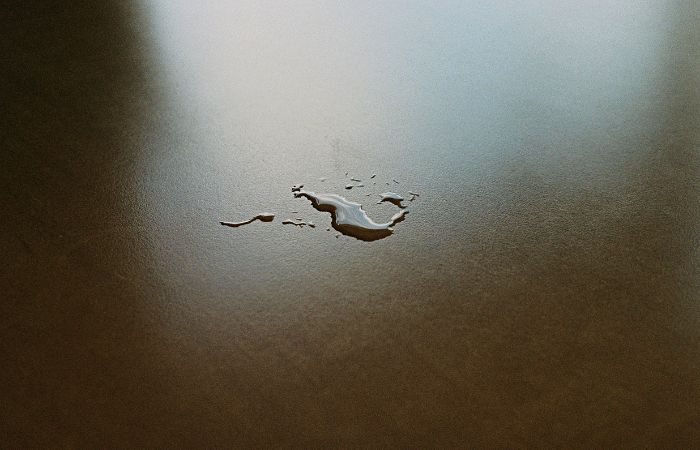
Consider Using a Dehumidifier in The Storage Area
If you live in a humid climate or don’t have access to a well-ventilated storage area, consider using a dehumidifier. A dehumidifier can help reduce the humidity level in the storage area, creating an environment that’s less conducive to mold growth.
Natural Remedies to Prevent Mold Growth on Garlic
In addition to proper storage and handling, several natural remedies can help prevent mold growth on garlic. Here are some effective natural remedies to keep your garlic fresh and mold-free:
Vinegar Solution
Vinegar is a natural disinfectant that can help prevent mold growth on garlic. Mix one part white vinegar with three parts water in a spray bottle. Spray the solution on the garlic and let it dry before storing it. This will help disinfect the garlic and prevent mold growth.
Lemon Juice
Lemon juice is another natural disinfectant that can help prevent mold growth on garlic. Squeeze fresh lemon juice into a bowl and dip the garlic in the juice. Allow the garlic to air dry before storing it. This will help disinfect the garlic and prevent mold growth.
Garlic Oil
Garlic oil is an effective natural remedy that can help prevent mold growth on garlic. Crush several garlic cloves and mix them with olive oil. Place the mixture in a clean jar and let it sit for several days to infuse. Strain the oil and use it to coat the garlic before storing it. Garlic oil not only helps prevent mold growth but also adds flavor to the garlic.
Baking Soda
Baking soda is a natural fungicide that can help prevent mold growth on garlic. Mix a tablespoon of baking soda with a cup of water to make a solution. Spray the solution on the garlic and let it dry before storing it. This will help prevent mold growth and keep your garlic fresh.
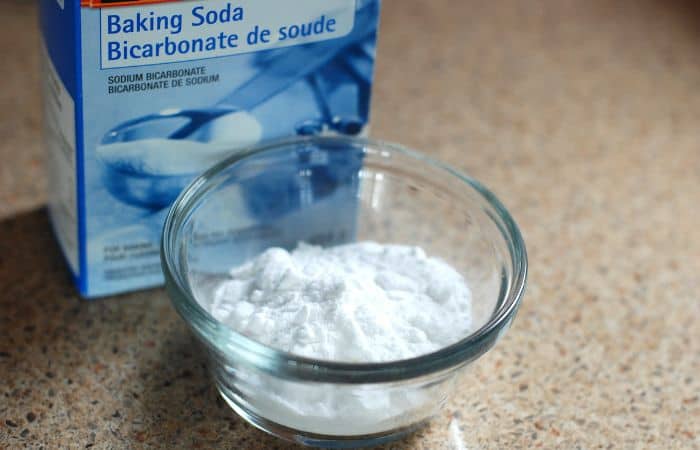
How to Detect and Deal with Moldy Garlic
Despite your best efforts, you may still encounter moldy garlic. It’s important to detect and deal with moldy garlic as soon as possible to prevent it from spreading to other garlic cloves. Here are some tips to help you detect and deal with moldy garlic:
Look for Signs of Mold
The first step to dealing with moldy garlic is to look for visible signs of mold growth. Moldy garlic will have a fuzzy white or greenish-blue coating on the surface of the cloves. If you notice any mold growth on garlic, remove the affected cloves immediately.
Smell the Garlic
It’s also important to smell the garlic as moldy garlic will have a musty or unpleasant odor. If you detect any foul odor coming from the garlic, discard it immediately.
Separate the Remaining Garlic
Once you have removed the moldy garlic, it’s important to separate the remaining garlic cloves and inspect them carefully for any signs of mold growth. If you notice any mold growth on the remaining garlic, remove the affected cloves immediately. Do not use any garlic cloves that have mold growth, as it can be harmful to your health.
Disinfect the Storage Area
After removing the moldy garlic, it’s essential to disinfect the storage area thoroughly to prevent mold growth from spreading to other garlic cloves. You can use a natural disinfectant such as vinegar or lemon juice to clean the storage area. Spray the solution on the storage area and let it sit for a few minutes before wiping it clean with a damp cloth.
Conclusion
By following the tips outlined in this article, you can prevent mold growth on garlic and keep it fresh for longer. Proper storage, cleaning, and avoiding moisture exposure are essential steps to take. Additionally, natural remedies such as vinegar solution, lemon juice, and garlic oil can also be used to prevent mold growth. Remember to detect and deal with moldy garlic promptly and safely. Being proactive in preventing mold growth on garlic will not only enhance the flavor of your dishes but also ensure that you are consuming safe and healthy food.

